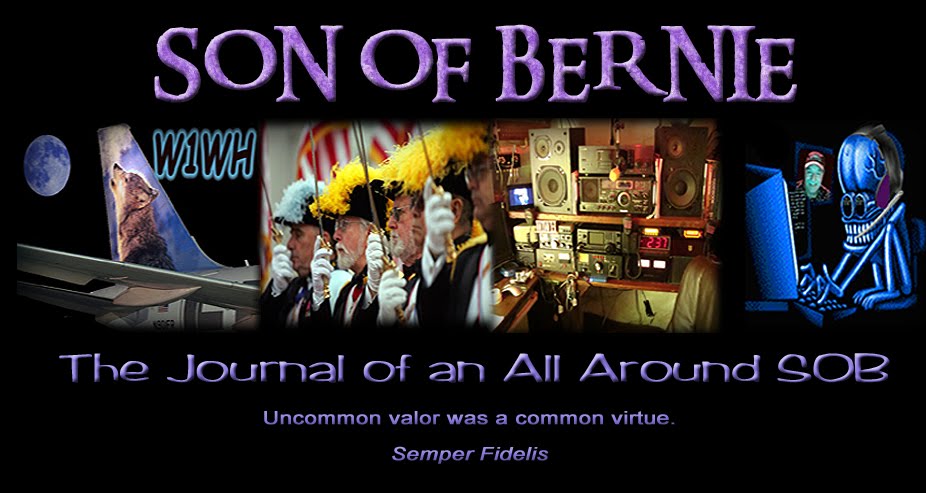Greg Roberts seems like an ordinary grandfather from a quiet suburb - but the amateur satellite tracker has been labeled a threat to US national security.
The 70-year-old's modest home is teeming with computers, telescopes, lenses, radio transmitters, cables, video monitors and cameras. Last month, using a home-made telescope, Roberts recorded footage of a secret space craft - the X-37B - developed by the US Air Force.
The jovial cat lover has been dubbed a satellite sleuth by the international media for his uncanny ability to find and then reveal, on the Internet, the movements of classified satellites. He was a professional astronomer for over 30 years, has a degree in physics and chemistry and is an amateur radio ham. With the help of a group of amateur astronomers from around the world, including a petrol attendant in Canada, he calculated that the top-secret spacecraft took about 92 minutes to orbit earth and flies over hot spots such as Afghanistan, Pakistan, Iraq and Korea.
He said that his group had been labelled a threat to national security by the US Congress. "My wife and I joke that the Men in Black will walk up our driveway some day," said Roberts. His discovery of the craft, which is 8.9m long and travels at 8km a second, earned him mentions in the New York Times, the BBC and science publications.
The X-37B was launched on April 22 from Cape Canaveral. In an interview with news channel Russia Today, Robert M Bowman, a former director of the Advanced Space Programme in the US, hinted that the craft could be used to destroy military satellites and targets on earth. Dr Ed Elson, a researcher at the University of Cape Town's department of astronomy, said spy satellites and the weaponising of space were not new. "The real question is what the next level of space militarisation might be. We're still quite a long way off from Star Wars or Independence Day types of scenarios, yet the idea of military satellites capable of destroying one another, or that are capable of striking targets on the ground, is certainly perceivable."
Elson lauded Roberts and the group of amateur astronomers. "That they managed to find it and are now tracking the craft is certainly quite an admirable feat, especially from an observational astronomer's perspective. "Mr Roberts and his team certainly have a very respectable track record, claiming to be tracking almost every classified object that has been launched in the past five years. I see no real reason to refute their claim of having found the X37-B," he said.
Roberts, an industrial chemist, realised his dream when he joined the Republic Observatory in Observatory, Johannesburg, in 1968 to photograph the planets Mercury, Venus, Mars and Jupiter. He also worked on projects linked to Apollo 11 and was involved in site testing for the Southern African Large Telescope before retiring in 1999. Despite looking into outer space every day, he has never set foot out of South Africa - and has a fear of heights that prevents him climbing ladders. His work, which often involves complicated mathematics, keeps him going, but he still has to paste a note on his front door to remind him to wear his false teeth.
"We feel that we are doing a service to the public by providing to them what they really need to know," Roberts said. "We don't consider ourselves a threat to security. Anyone else can do exactly the same ..."
Subscribe to:
Post Comments (Atom)




No comments:
Post a Comment